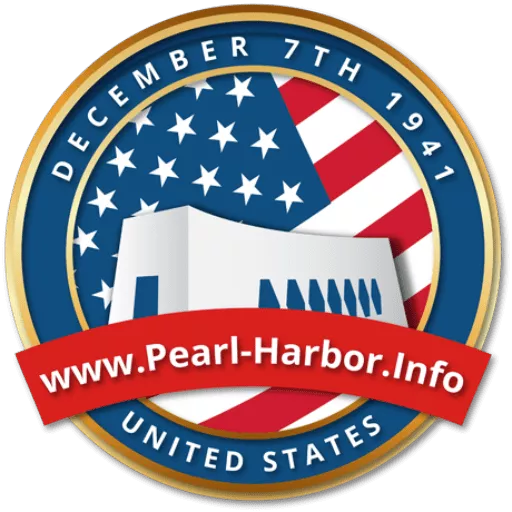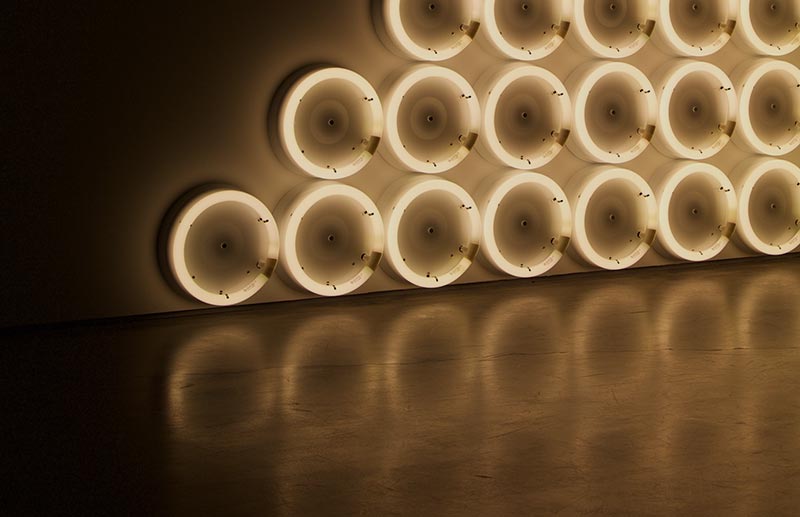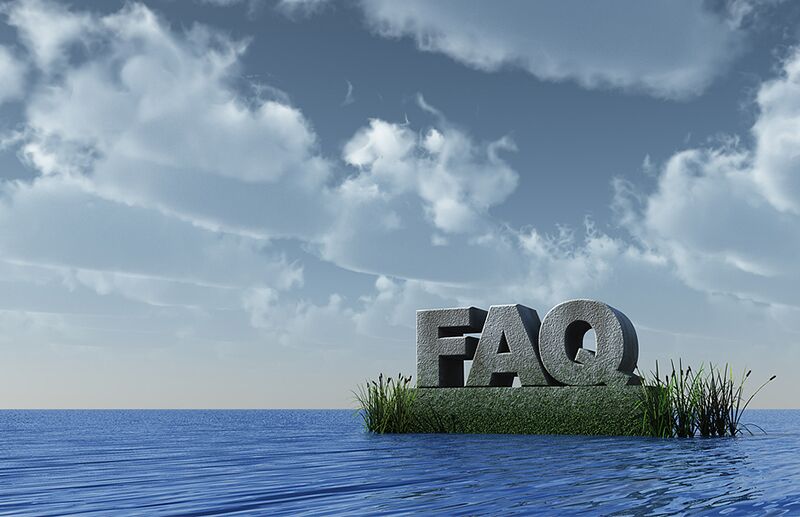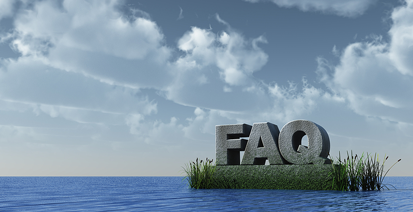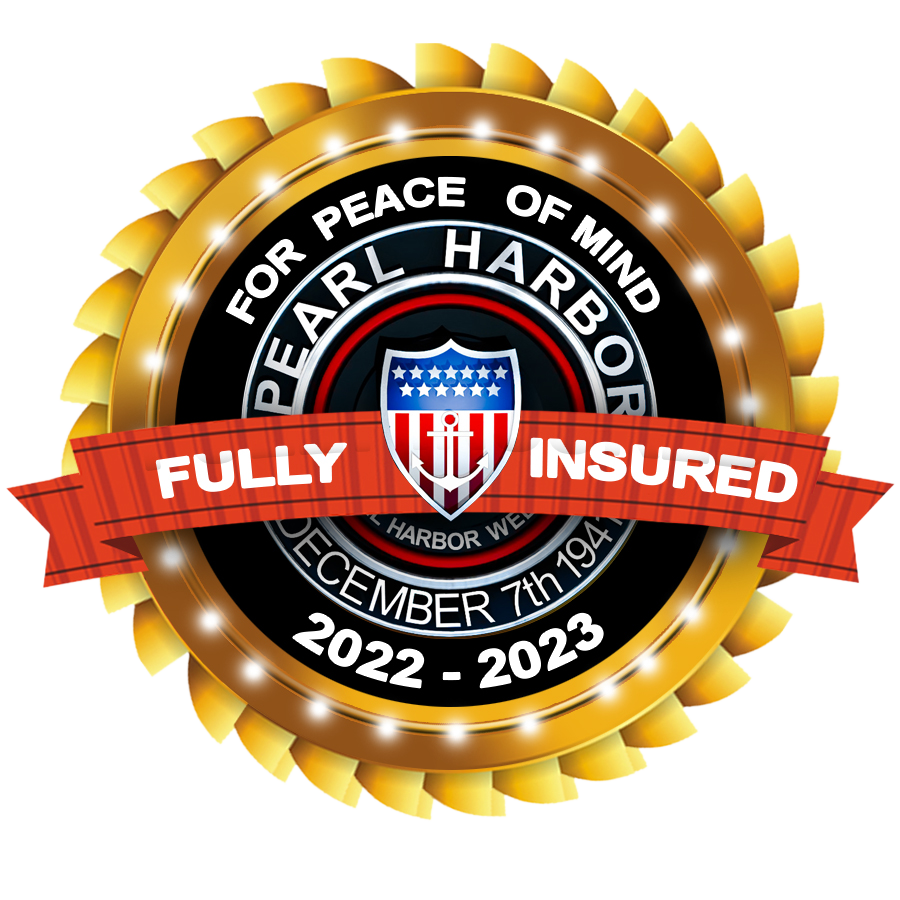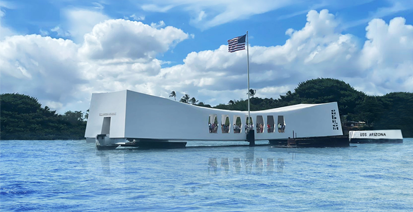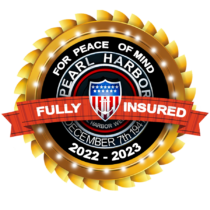Pearl Harbor Visitor Centers Two Museums
There is a reason that the USS Arizona Memorial Monument is the most visited attraction in all of Hawaii. People have probably heard of Pearl Harbor and know a little about its significance but little else. They want to see What it is and what happened that makes it so important. Visitors to the Pearl Harbor National Memorial are in luck. Not only is there a 23-minute film about the attack. Not only is there an audio tour of the Arizona Memorial. The National Park Service has also assembled two information-packed museums for visitors to learn about the events that occurred on December 7, 1941. The two museums are called “the Road to War ” and “Attack.” Both of these museums are packed with displays, including models and artifacts. “The Road to War” sets the stage for the events that led to WWII. There is some coverage of ancient Hawaii and the early history of Pearl Harbor. There are displays that cover Japan’s aggression in China and the American response. The readiness of the American military in Hawaii and Japan’s plan for attack. There is a section on American efforts to break the Japanese diplomatic and military codes and the early warning radars that were present on Oahu at that time. The second museum, called “Attack,” details the attack on Pearl Harbor and its aftermath. Through models and artifacts recovered from the attack, it tells the story of the events as they happened on December 7, 1941. This museum even has a mini theater that screens a documentary about the History of the Attack on Pearl Harbor produced by the National Park Service. There are artifacts recovered from the USS Arizona battleship during salvage operations after the attack. The museum also talks about America’s response to the attack. The declaration of war on Japan and the internment of Japanese-Americans in camps. There is even coverage of the Japanese-Americans who volunteered to fight against the Axis powers in Europe and the Pacific. There is a small section dedicated to the story of a survivor of the Atomic bomb that was dropped on Hiroshima who later succumbed to leukemia as a result of the radiation. The Sadako Sasaki exhibit is dedicated to world peace. At the end of the museum, you will see displays covering Pearl Harbor today and the story of the USS Arizona Memorial and the remaining survivors of the attack. These museums are definitely worth the visit and are open to the public, so you don’t need an Battleship Arizona Memorial ticket to see them. As an added benefit, the Arizona Memorial Audio Tours are keyed to the exhibits in the gallery so you can receive narration for the exhibits. This is a great option, especially when the museums are crowded, since you don’t have to fight to read the signs on the exhibits.
Road To War Museum
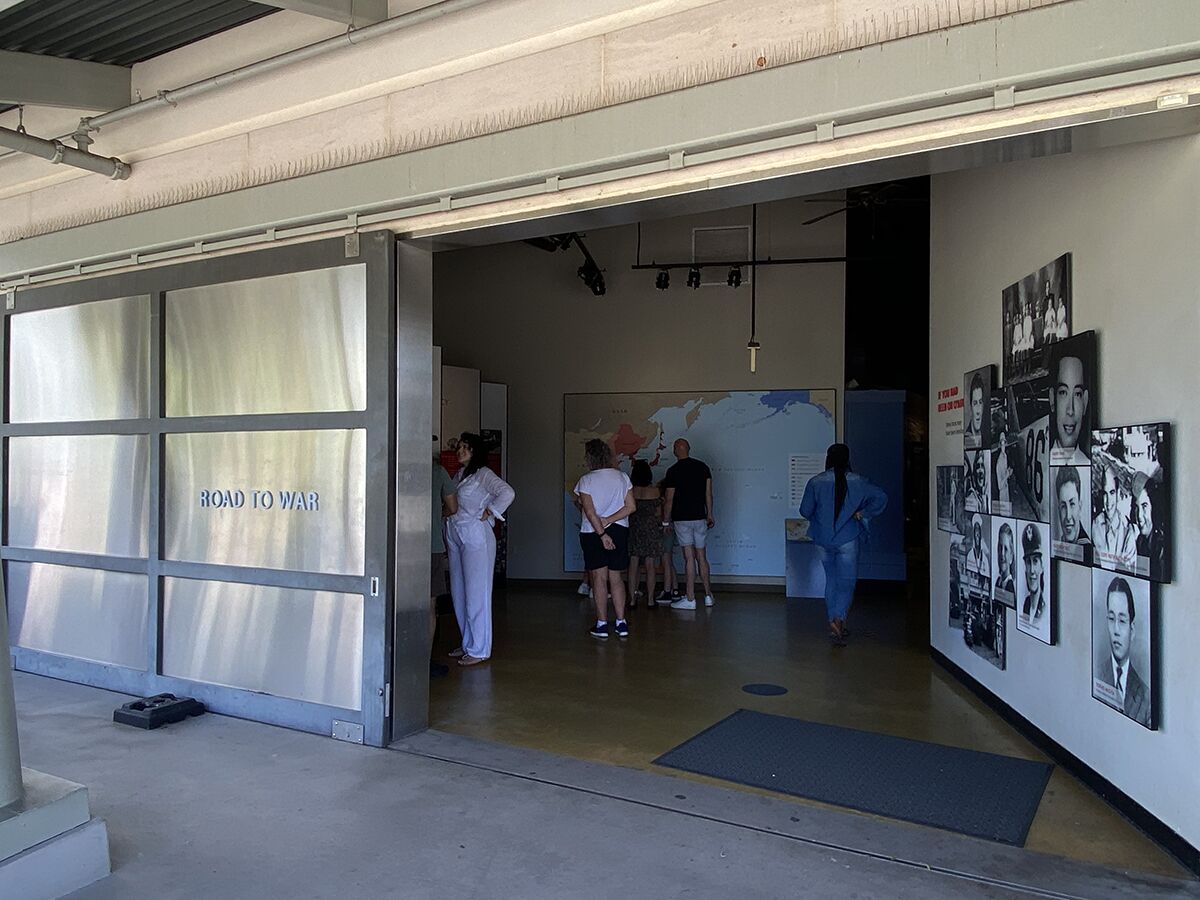
The “Road to War” museum at Pearl Harbor. This museum covers the reasons leading up to the attack on Pearl Harbor on Dec. 7, 1941.
Here, you will learn about the events that led to World War II. Listed below are some of the most significant and exciting displays in this Museum:
- Faces of Oahu- Learn about the people in Hawaii whose lives were soon changed forever.
- Code Breaking during WWII- Learn how the US Military intelligence broke the Japanese top-secret military code.
- Battleship USS Arizona – Learn in detail about the history and features of one of America’s most powerful battleships.
- HIJMS Akagi– Inspect the half-million-dollar model of the Japanese flagship aircraft carrier of the Kido Butai Mobile Fleet and learn about her capabilities and military history before WWII.
- View a Drawing of a Japanese Torpedo Used in the Attack-On the floor in the center of the “Road to War Museum” is a drawing of the actual size of the Japanese torpedoes used to attack Battleship Row.
- War begins in Asia- This is the largest and best section of the Museum; learn about the events that led up to the Japanese bombing of Pearl Harbor.
- President Franklin Delano Roosevelt’s letter to the Emperor of Japan- On the entire last wall of this Museum is a letter written by the President of the US to Japan’s Emperor, sent one day before the attack on Pearl Harbor, asking that both countries negotiate a new treaty to avoid any armed conflict in the future.
The Attack Museum
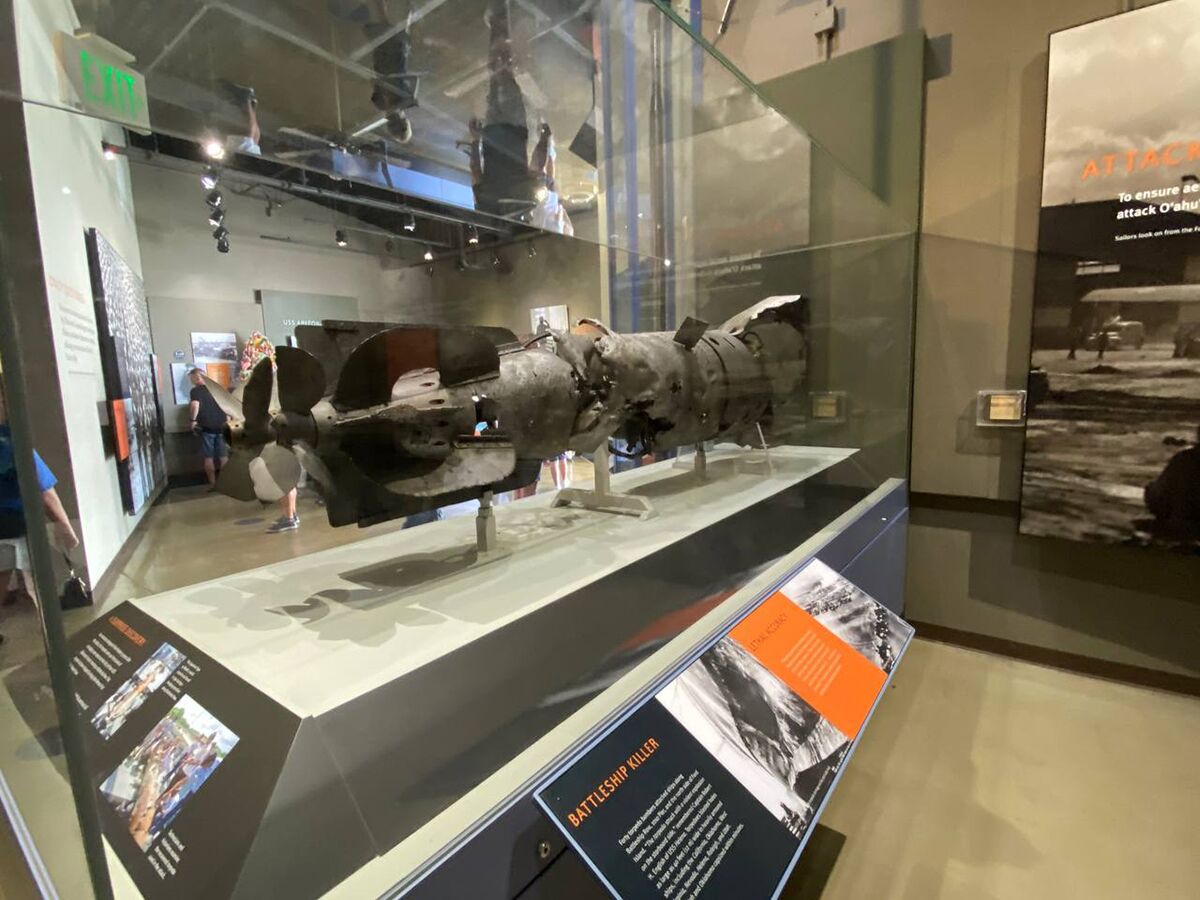
The “Attack” museum at the Pearl Harbor Visitor Center. This museum covers the details of the attack with a focus on the USS Arizona battleship and the Arizona Memorial Monument.
Learn in detail about Dec 7, 1941, the day that launched the United States into WWII and changed the Pacific forever. Listed below are some of the most critical and exciting displays in this Museum:
- The Deadly Torpedo Bombers- Learn how the US thought Pearl Harbor was too shallow for a torpedo attack and how the Japanese modified their torpedoes for their attack on Battleship Row.
- Radar Story of the Attack on Oahu- A shocking tale of how two US servicemen saw the Japanese planes on their new radar equipment and how a Pearl Harbor officer told them not to worry; it was friendly US planes coming in from the Continental US.
- The Attack Theater- This 12-minute $750,000 documentary is a must-do; this movie explains the strategy of the two waves of Japanese attacks called “Battlefield Oahu.” (Warning, it’s not usually to see grown men cry during this documentary).
- Salvaging the US Fleet- This section explains how all but two battleships were salvaged from the attack on Pearl Harbor.
- The Sad Story of the USS Oklahoma Battleship– Learn the tragic disaster of the Battleship Oklahoma when the ship rolled over after the first torpedo hit, killing 429 officers, sailors, and marines.
- View President Roosevelt’s Speech and Final Handwritten Notes- One of the best stops in the “Attack Museum” is President Roosevelt’s “Day of Infamy” speech declaring War on Japan on Dec 8, 1941.
- Aftermath- Learn in detail what happened at Pearl Harbor the days after the attack.
- The Remarkable Sadako Sasaki Display- View one of the remaining paper cranes donated to the Pearl Harbor National Park Service by her Hiroshima family. Learn how the National Park Service adopted the crane and made it one of their peace symbols of Pearl Harbor.
- Model of the USS Arizona Memorial- Here, you will learn in detail the creation and design of the Memorial and why it is the most visited destination on Oahu.
